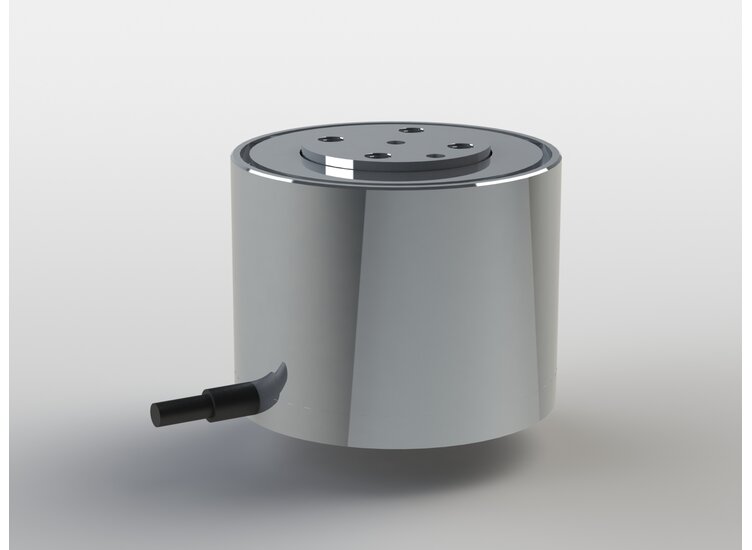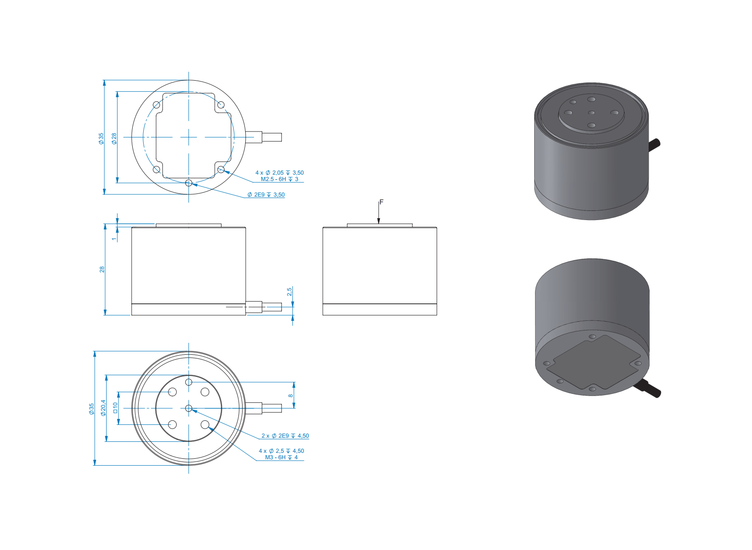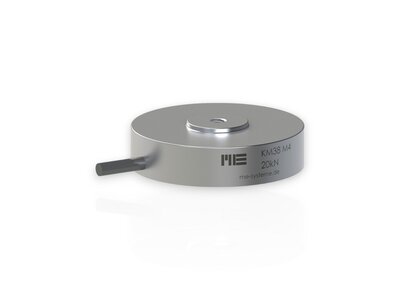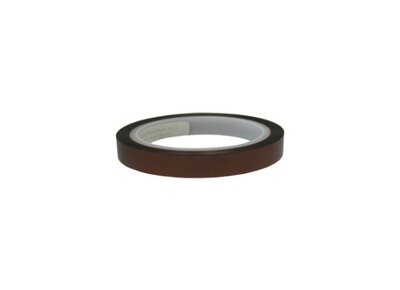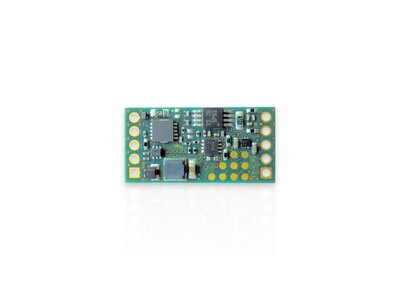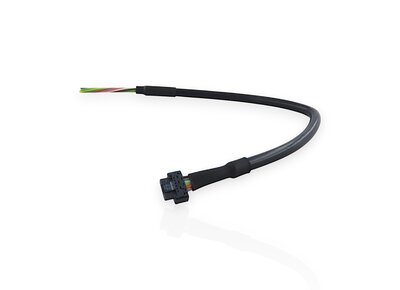The K3D35 3-axis force sensor is suitable for force measurement in three mutually perpendicular axes.
It features a particularly compact design with a diameter of 35 mm and a total height of only 28 mm.
The K3D35 3-axis force sensor is available for forces of 500 mN, 2 N, and 10 N. It is particularly suitable for measuring the smallest forces. With the K3D35 500 mN variant, forces from 10 µN to 100 µN can be resolved - depending on the measuring amplifier.
The K3D35 3-axis force sensor is equipped with full-bridge strain gauges. The signals from the strain gauge full bridges each correspond to a force component in the x-, y-, and z-directions.
The vector decomposition is therefore achieved mechanically, by three orthogonally arranged spring-joint guides (double cantilever beams), and additionally by the arrangement of the strain gauges in the Wheatstone bridge, so that residual transverse forces and moments are also compensated electrically/circuit-wise. The three double cantilever beams are connected in series in this 3D force sensor.
A key quality feature of 3D force sensors is their low crosstalk: The application of a force also results in a reading in the two unloaded axes. Due to the multiple compensation (mechanical + electrical), the crosstalk is typically less than 0.2% of the nominal load. The crosstalk is reproducible and proportional to the applied force amplitude. By applying an additional compensation matrix, crosstalk can be reduced to typically less than 0.1% in all axes.
ME-Meßsysteme therefore supplies two calibration certificates: without a compensation matrix (type "cv") and with a compensation matrix (type "s").

